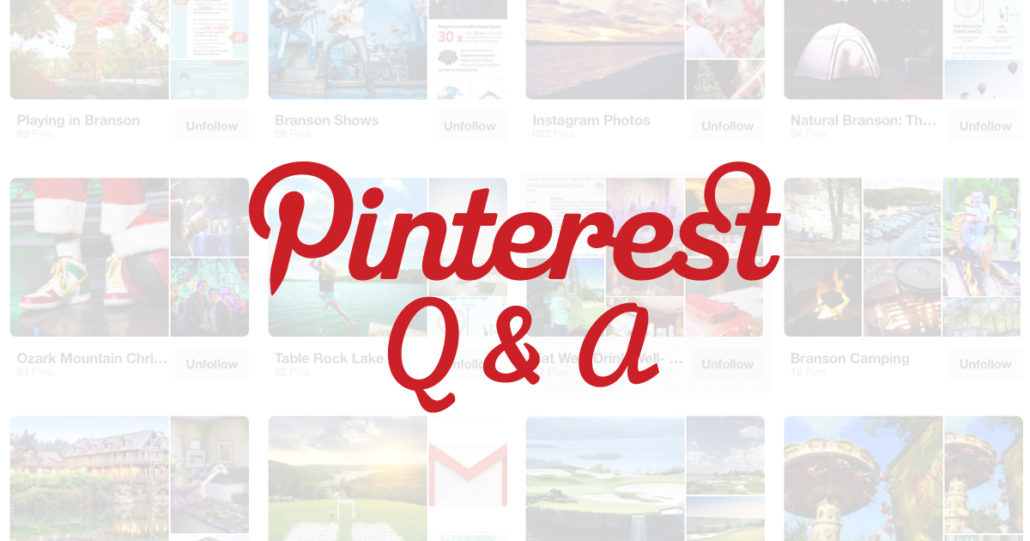TwoSix Digital notices high return for clients who invest in a Pinterest strategy. At the same time, many members of the tourism industry question Pinterest’s impact and abandon a strategy altogether. We chatted with Logan Nelson at Pinterest to hear his perspective on why travel marketers should take Pinterest seriously.
Read this interview to discover the importance of travel marketing on Pinterest.
Before we get started, tell us about yourself, your role at Pinterest, and what you love most about Pinterest.
My name is Logan, I am a husband, father-to-be, and a full-time student. I have been working at Pinterest for 6 months now, and it’s been a blast! It’s easily the hardest job I have ever had, but I have loved the opportunity to work at such a progressive company in the ads tech space. My favorite part has been working with such brilliant minds. Seriously, everyone from the engineers to our sales team is so amazingly talented, it’s been great to learn from them!
How does Pinterest compare to other social media channels, specifically for the travel industry?
There are a couple ways Pinterest differs from social channels in the travel space. One is that pinners come to the platform to plan for big life events. Specifically, 74% of pinners say they have used the platform to plan for the future. A large portion of those future events is vacationing and travel. Two, Pinterest is largely a discovery platform. People come to Pinterest to discover and do the things they love. What does that look like in the travel space? 23 million pinners have made about 38 million boards dedicated to travel, and 69% of travel pinners say Pinterest helps them explore new destinations.
What do you think is the most common missed opportunity on Pinterest?
The most common missed opportunity on Pinterest is our video offering(s). From a brand awareness standpoint, videos are amazing! People get such a better idea of how your product works (in this case what the destination is like) on video than on a static pin.
What makes Pinterest such a great channel for travel brands?
Again, I would say Pinterest is great for travel brands because people are coming to Pinterest to look for travel tips, ideas, destinations, etc. When you think of people who are getting on Facebook or Twitter this is not the same objective. People are on those platforms to see what their friends are up to and so on. The intent level is night and day. So, utilizing Pinterest to catch people in the discovery mindset is going to drive much better results.
Can you tell us about the demographics on Pinterest?
Our users just reached 200 million monthly active users, which is a huge increase from our 175 million monthly active users less than 6 months ago. Demographics on Pinterest are 70% female 30% male. However, men are our quickest growing demographic. We reach 70% of all moms in the US, ⅓ of all dads in the US, and about half of all the millennials in the US.
At the Detroit Digital Summit, we heard food is the most popular content on Pinterest. How do you think travel brands could leverage this?
Food is a huge vertical on Pinterest. Travel brands can easily position their destinations around local restaurants or local specific dishes. Think Portland, Maine! It’s beautiful country out there, but one of the big pulls to Maine is their lobster.
Destination Marketing Organizations tend to focus more on inspiration than conversion. How do you think Pinterest can make a positive impact on inspiration?
One of our goals at Pinterest is to inspire people to do and discover the things they love. DMOs can do this by inspiring pinners to discover new places that they end up falling in love with.
Can you explain the benefit of Rich Pins and why DMOs should use them?
Rich Pins allow you to pull more information to the creative. This format can provide more immersive information for the pinner. However, I would push back on that to say Video pins will be much more memorable to people when planning destinations.
What elements make up a successful Pinterest ad campaign?
Pinterest is a highly visual platform, so the number one thing that will make or break your campaigns is the creative. Clearly, your targeting needs to be relevant and the bids and budget need to be strong, but if the creative is off people will not engage. To add to that you need to make sure you are sending pinners to a helpful landing page.
If you would like to learn more about how your organization can leverage Pinterest, consider signing up for coaching sessions or our Tactical Content Marketing Program.
In the meantime, feel free to reach out to us on Facebook and Twitter with questions!




